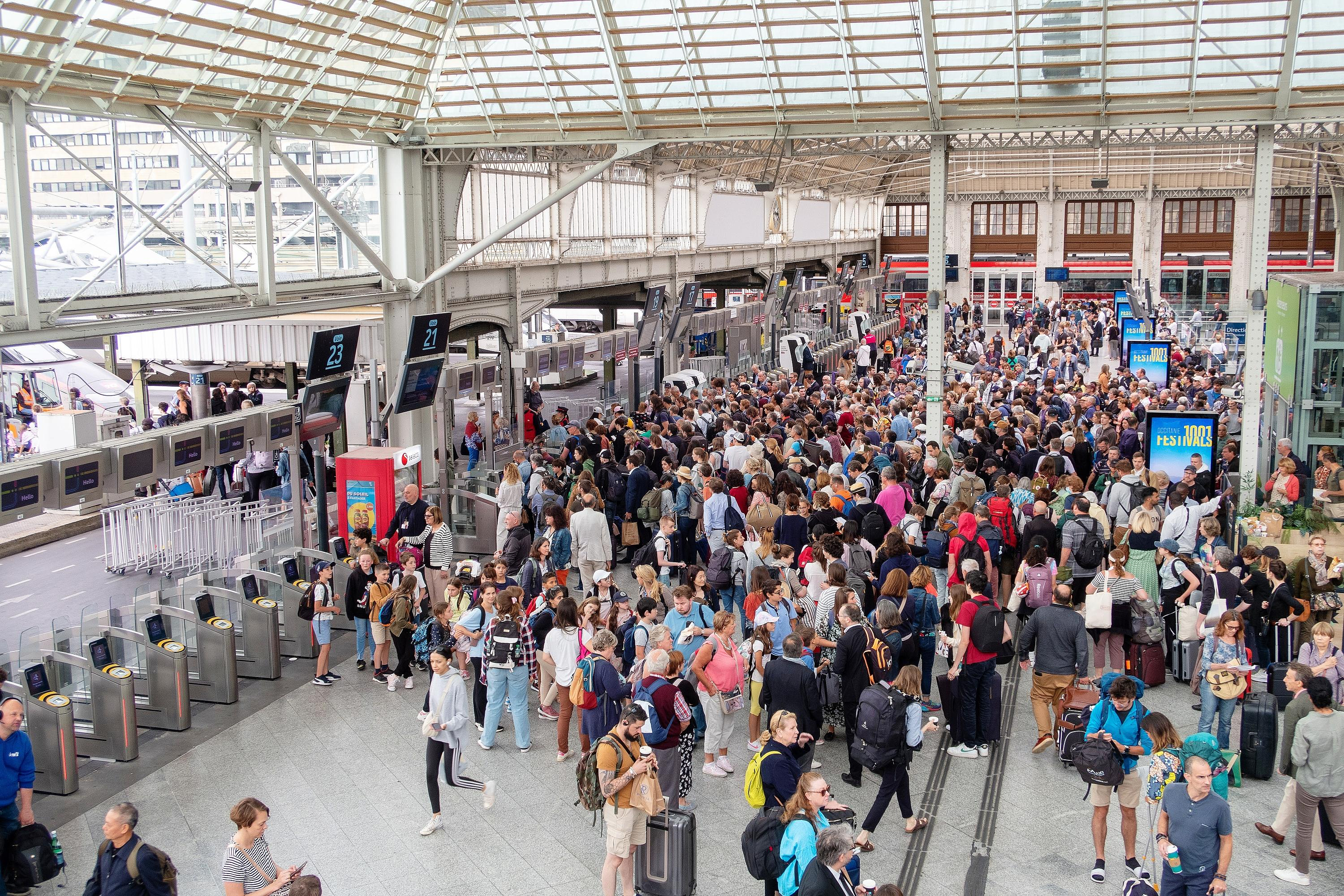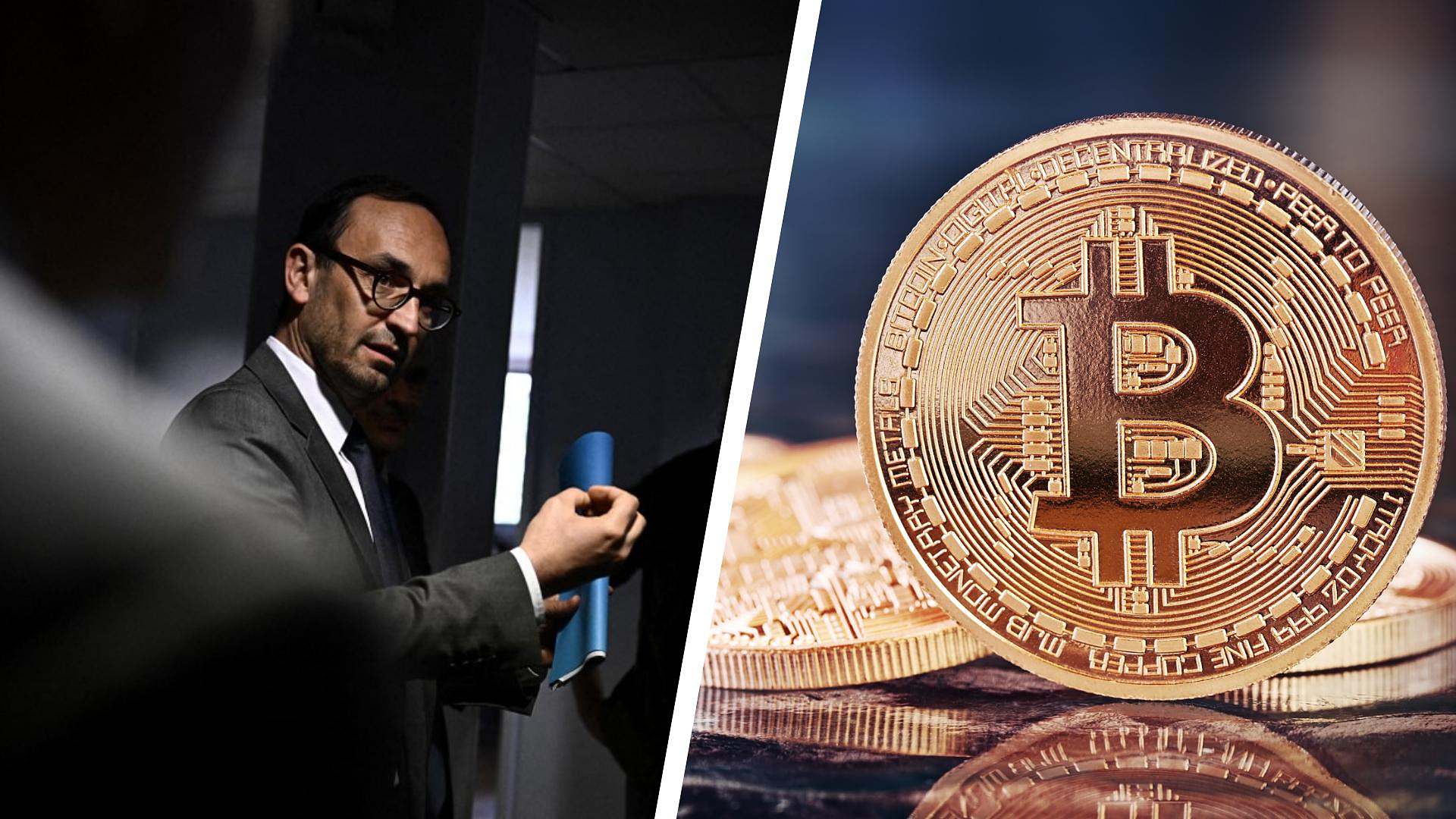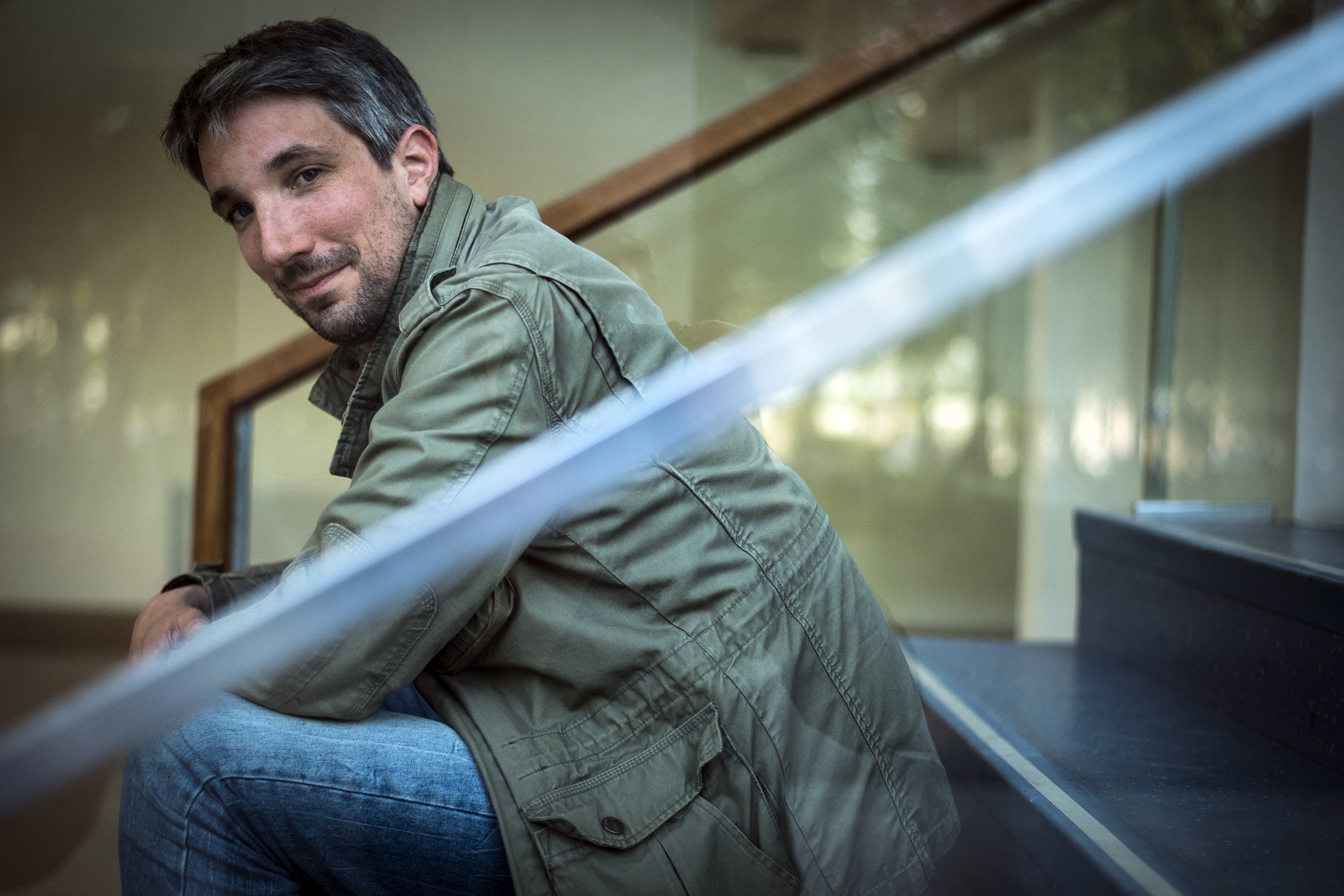"Erwin Quedenfeldt is Düsseldorf's first internationally renowned photographer." With this statement, the detailed biography that has just been published about the photo artist, as he called himself, is astounding. Because already at the beginning of the 20th century, decades before the stars of the so-called Düsseldorf School of Photography such as Andreas Gursky, Thomas Struth and Candida Höfer, Quedenfeldt had great recognition for his landscape and architectural photographs, his portraits and not least his abstract photographs, explains the author Irmgard Siebert in the 778-page and excellently researched book.
Quedenfeldt, who was born in Essen in 1869, first became known in the Rhineland for his extensive documentation of historical buildings. He was primarily concerned with the aesthetic appreciation of everyday architecture, of houses, gables and streets. He took around 2000 photos on the Lower Rhine alone between Düsseldorf and the Dutch border area, between Zons and Kleve, Aachen and Cologne - an inventory of the building culture of an entire region. The background to his commitment was the increased demolition of old houses, which were to make way for more representative ones at the beginning of the new century.
What was unusual about the Quedenfeldt method was that he worked systematically, in series, such as on house doors or archways. He did this more than half a century before Bernd and Hilla Becher, who achieved world fame with their photographic series of industrial buildings threatened with demolition and decay.
Erwin Quedenfeldt was not a trained photographer, but a doctorate in chemistry, specializing in the field of photochemistry. After developing several patents for flashlight equipment, he set up his own business in Duisburg in 1901. Two years later he moved to Düsseldorf and founded a successful photography school there. From then on he worked tirelessly to ennoble photography as an art. For him, photography was more than a mechanical, imitative activity, it was an "oasis for the free and creative".
This also applied to his own photographic work. He experimented with new forms of expression, inspired by the visual arts of his time such as those of the Expressionists, Futurists and Cubists. From then on, Quedenfeldt dealt with surfaces, ornaments and patterns. He even developed his own process: Erwinographics. He prepared the photograph in such a way that it could be reworked with a pen and brush.
Quedenfeldt was a pacifist, the First World War was a turning point for him. He left his family to live ascetically and concentrate on his art. Until 1938, Irmgard Siebert researched whereabouts in Hannoversch Münden, Vienna and Munich, among other places. Where the left-wing artist lived during the National Socialist era has not yet been finally clarified. In 1948 he died in Bischofswiesen, Bavaria.
For a long time, the history of German art and photography had a hard time acknowledging the avant-garde nature of this approach and Quedenfeldt's pioneering role in the field of abstract photography, writes Siebert. Your biography should now change that.
"Erwin Quedenfeldt. From Photography to Photographic Art”, Klostermann/Nexus-Verlag, 99 euros

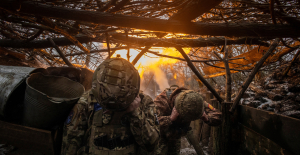 What is chloropicrin, the chemical agent that Washington accuses Moscow of using in Ukraine?
What is chloropicrin, the chemical agent that Washington accuses Moscow of using in Ukraine? Poland, big winner of European enlargement
Poland, big winner of European enlargement In Israel, step-by-step negotiations for a ceasefire in the Gaza Strip
In Israel, step-by-step negotiations for a ceasefire in the Gaza Strip BBVA ADRs fall almost 2% on Wall Street
BBVA ADRs fall almost 2% on Wall Street Breast cancer: less than one in two French women follow screening recommendations
Breast cancer: less than one in two French women follow screening recommendations “Dazzling” symptoms, 5,000 deaths per year, non-existent vaccine... What is Lassa fever, a case of which has been identified in Île-de-France?
“Dazzling” symptoms, 5,000 deaths per year, non-existent vaccine... What is Lassa fever, a case of which has been identified in Île-de-France? Sánchez cancels his agenda and considers resigning: "I need to stop and reflect"
Sánchez cancels his agenda and considers resigning: "I need to stop and reflect" The Federal Committee of the PSOE interrupts the event to take to the streets with the militants
The Federal Committee of the PSOE interrupts the event to take to the streets with the militants The growth gap between Europe and the United States will narrow in 2025
The growth gap between Europe and the United States will narrow in 2025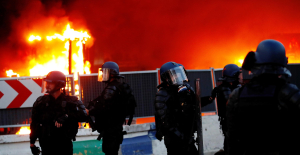 A report recommends the creation of a “riot fund” to cover communities
A report recommends the creation of a “riot fund” to cover communities With 3.5 billion euros collected, life insurance recorded its best month in 10 years in March
With 3.5 billion euros collected, life insurance recorded its best month in 10 years in March Volvic factory shut down after “an act of malicious intent”: production can resume “at the earliest” on Friday
Volvic factory shut down after “an act of malicious intent”: production can resume “at the earliest” on Friday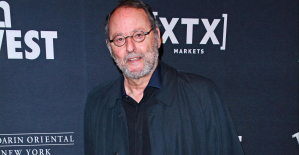 Jean Reno publishes his first novel Emma on May 16
Jean Reno publishes his first novel Emma on May 16 Cannes Film Festival: Meryl Streep awarded an honorary Palme d’Or
Cannes Film Festival: Meryl Streep awarded an honorary Palme d’Or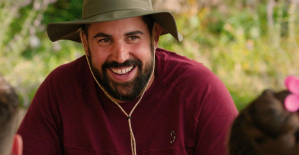 With A Little Something Extra, Artus and his disabled actors do better than Intouchable on the first day
With A Little Something Extra, Artus and his disabled actors do better than Intouchable on the first day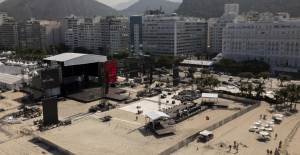 Madonna ends her world tour with a giant - and free - concert in Copacabana
Madonna ends her world tour with a giant - and free - concert in Copacabana Omoda 7, another Chinese car that could be manufactured in Spain
Omoda 7, another Chinese car that could be manufactured in Spain BYD chooses CA Auto Bank as financial partner in Spain
BYD chooses CA Auto Bank as financial partner in Spain Tesla and Baidu sign key agreement to boost development of autonomous driving
Tesla and Baidu sign key agreement to boost development of autonomous driving Skoda Kodiaq 2024: a 'beast' plug-in hybrid SUV
Skoda Kodiaq 2024: a 'beast' plug-in hybrid SUV The home mortgage firm rises 3.8% in February and the average interest moderates to 3.33%
The home mortgage firm rises 3.8% in February and the average interest moderates to 3.33% This is how housing prices have changed in Spain in the last decade
This is how housing prices have changed in Spain in the last decade The home mortgage firm drops 10% in January and interest soars to 3.46%
The home mortgage firm drops 10% in January and interest soars to 3.46% The jewel of the Rocío de Nagüeles urbanization: a dream villa in Marbella
The jewel of the Rocío de Nagüeles urbanization: a dream villa in Marbella Europeans: a senior official on the National Rally list
Europeans: a senior official on the National Rally list Blockade of Sciences Po: the right denounces a “drift”, the government charges the rebels
Blockade of Sciences Po: the right denounces a “drift”, the government charges the rebels Even on a mission for NATO, the Charles-de-Gaulle remains under French control, Lecornu responds to Mélenchon
Even on a mission for NATO, the Charles-de-Gaulle remains under French control, Lecornu responds to Mélenchon “Deadly Europe”, “economic decline”, immigration… What to remember from Emmanuel Macron’s speech at the Sorbonne
“Deadly Europe”, “economic decline”, immigration… What to remember from Emmanuel Macron’s speech at the Sorbonne These French cities that will boycott the World Cup in Qatar
These French cities that will boycott the World Cup in Qatar NBA: the Pacers and the Knicks will be there in the play-off semi-finals
NBA: the Pacers and the Knicks will be there in the play-off semi-finals Tennis: like last year, Sabalenka joins Swiatek in the final in Madrid
Tennis: like last year, Sabalenka joins Swiatek in the final in Madrid OM: scorer against Bergamo, Mbemba moved after the final whistle
OM: scorer against Bergamo, Mbemba moved after the final whistle OM-Atalanta: the lines of the match
OM-Atalanta: the lines of the match




